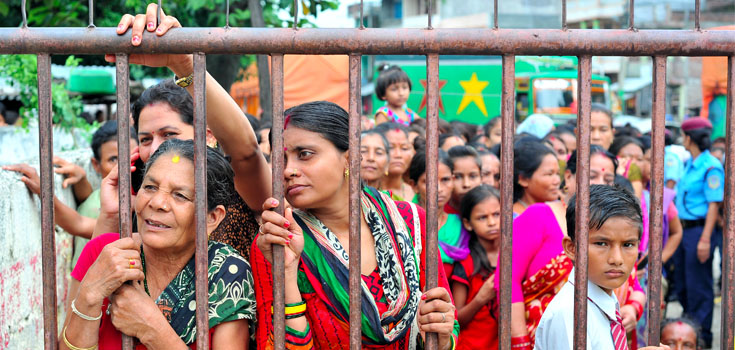Storytelling is essential for your NGO. You will need to develop strong storytelling skills to accurately recount your achievements, stressing the need for your prospective project, and convey the necessary trust. This thus applies to both your NGO’s branding and marketing efforts. You will need it for awareness-spreading purposes and appealing to the people that it needs to be captivating too. Essentially, storytelling has to be an intrinsic part of your fundraising strategy in conveying the need for your organization’s intervention and portraying a certain reputation and trustworthiness.
What is storytelling exactly?
The aim of storytelling for NGOs is to give your organization’s mission and history emotional relevance to your audience. By accurately conveying your growth and the development of your goals, you can establish valuable trust between you and your audience. It is therefore important to understand who your target audience is when developing your story. Indeed, this will vary depending on whether you hope to gain your funds through crowdfunding or grant applications. A few elements are important to keep in mind with storytelling.
Context
First is context. It is important to ground your story in a certain setting so that your audience can understand your story. Lead them in from the beginning and give them a ground to stand on to understand the rest. It is, for instance, popular to narrate the very beginning of your organization, from the initial struggle to the very first successes and onwards from there.
Originality
It is, however, important to note that originality is important too. Being able to stand out from all other NGOs will facilitate the tasks ahead of you. So stress the aspects of your organization that make it unique, and beware of falling into tropes. That is not to say that you should resort to fiction. Remember that your primary aim is to develop a relationship of trust between you and your audience. Romanticizing certain things should not turn into making things up for storytelling purposes.
Direction
Much like novels or movies, storytelling for NGOs should contain a continuous thread giving it a sense of direction. This is most often achieved through a chronology, but again, originality is important. Don’t hesitate to build your story around a different kind of timeline.
Consistency
Regardless of the choices you make in establishing your stories, it is important to stick to a certain narrative aesthetic. This entails establishing a style you can fall back to for your successive stories. Through this, you will develop recognizability. This does not, however, mean that you should tell similar stories over and over, with the exact same structure. Instead, certain characteristics that can make repeated appearances without boring your audience can be stressed. Of course, these aesthetics can develop over time, as your organization grows.
Recognition
This latter point ought to also be present in your storytelling process. Not only does it show the changes your organizations go through, but it can also be a way of giving recognition to your audience. Crediting your funders for the impact you have had, and the way your successes have shaped your NGO is a way of showing them a certain degree of thankfulness for their contribution. This might incline them to help you pursue other projects in the future.

